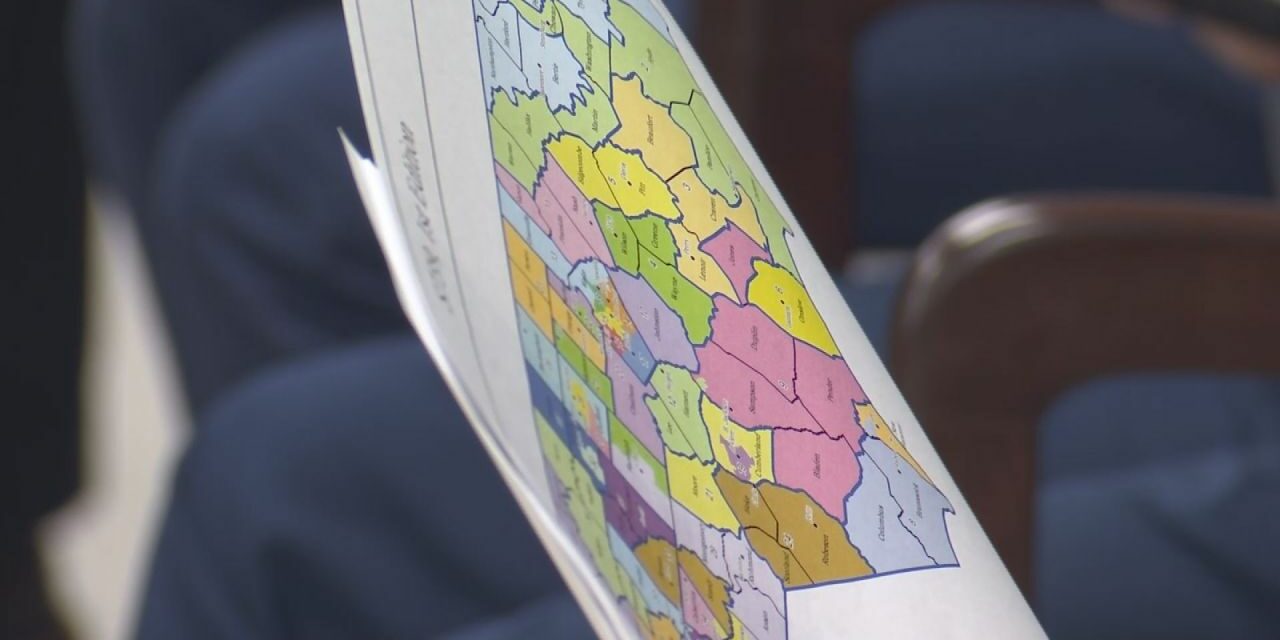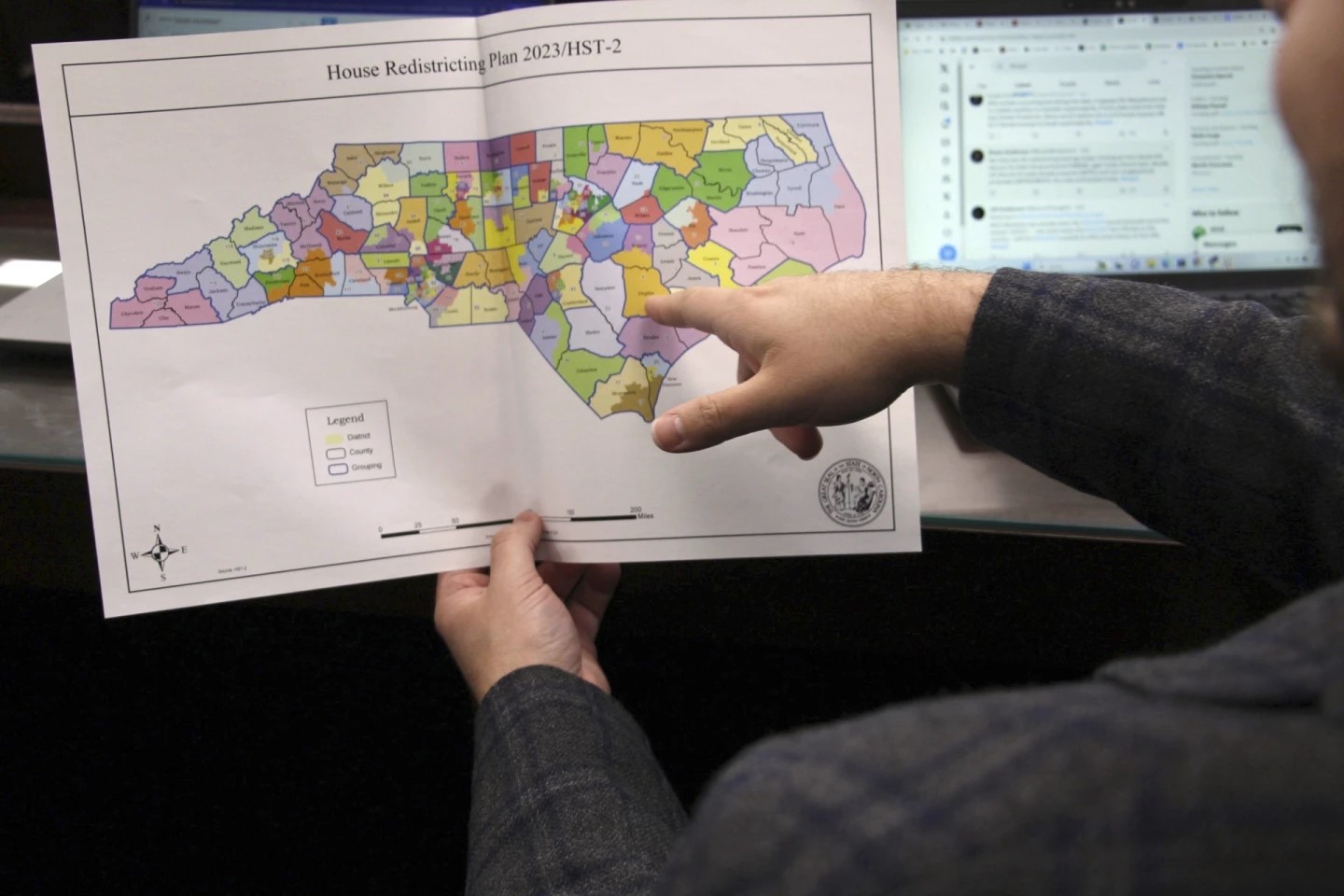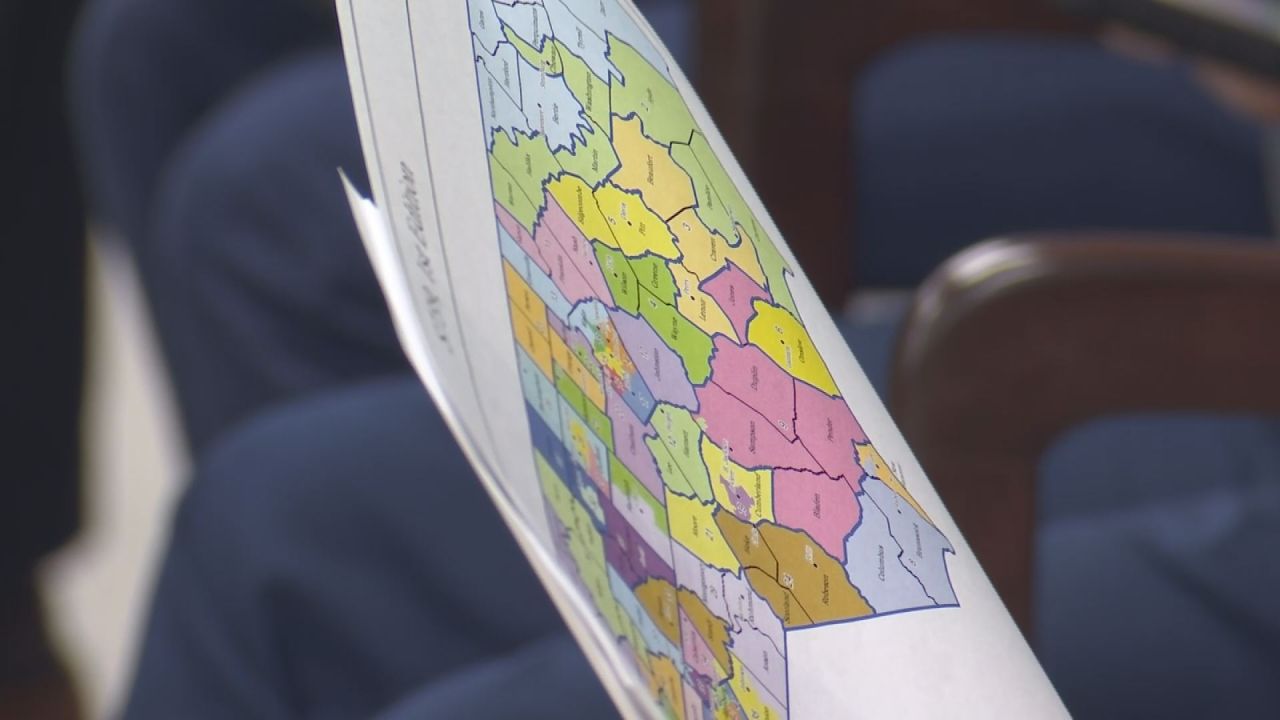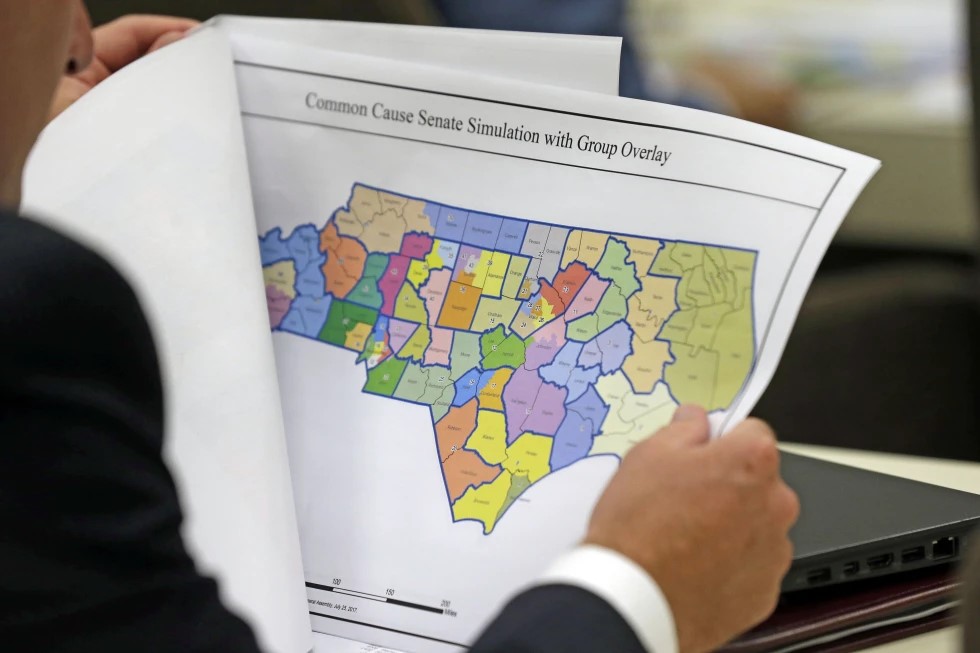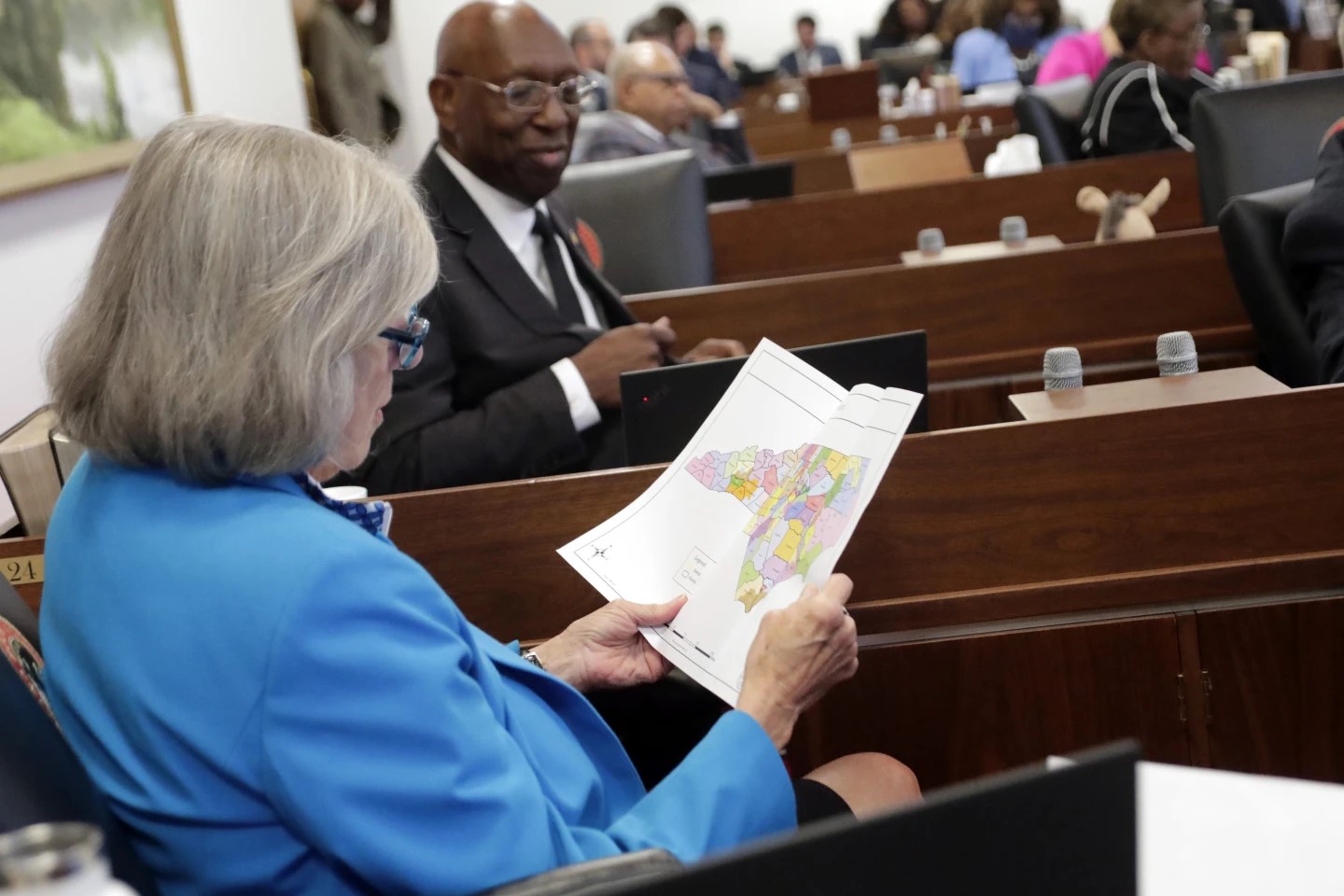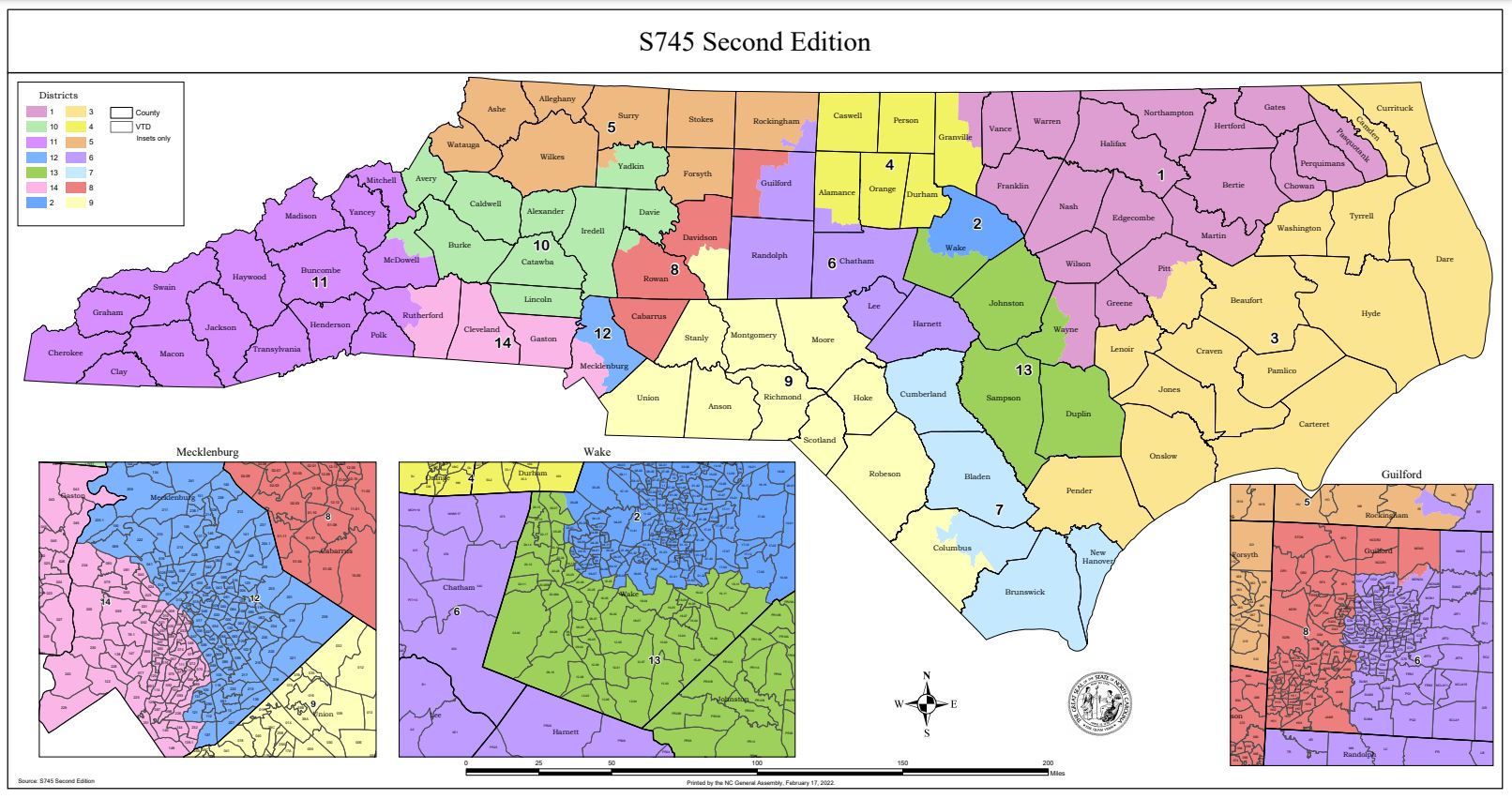The North Carolina Supreme Court recently struck down maps drawn by Republican lawmakers. The court said it was an act of partisan gerrymandering which violates the state constitution. Now, the North Carolina General Assembly has until February 18 to submit a new set of maps.
The North Carolina State Supreme Court ruled Friday in 4-3 Democratic majority to require the North Carolina General Assembly to redraw district lines. Once the new map is submitted, the courts will make a final decision on the new boundaries by February 23.
Michael Bitzer is a professor at Catawba College in North Carolina and the author of the book “Redistricting and Gerrymandering in North Carolina.” He said he was not surprised that the case was split along party lines, but rather at how quickly the court released its decision.
“It was the speed [of the decision] being handed down,” Bitzer said. “Then, also, the pretty stinging dissent by Chief Justice [Paul] Newby joined by his two other Republican colleagues that really called into question, ‘Can the court even make this kind of decision?’ It kind of played out along the partisan lines we were all expecting it to.”
The disputed maps favored North Carolina Republicans to win 10 of the 14 U.S. House of Representative seats as well as majorities in the state house and state senate. While the order from the state supreme court said the maps were unconstitutional, it did not say which districts specifically need to be changed.
This is not the first time maps in the state have been challenged. A panel of three judges threw out the state’s maps in 2019 forcing the legislators to redraw them for the 2020 election cycle.
The 2019 case, decided by two Democrats and one Republican judge, was not appealed to the Supreme Court. January’s trial was led by two Republicans and one Democratic judge, who ruled the 2022 maps could stay before the appeal to the state supreme court.
Bitzer said the two cases had different pathways, but ultimately led to the judicial branch decision that the maps were unconstitutionally gerrymandered in favor of one party.
“We had two different cases from 2018-2019 and from 2022 that really set up the dynamics,” Bitzer said. “The court could go one way or it could go the other way and the court definitely put down its marker.”
The results of future redistricting cases could be affected by the 2022 election, according to Bitzer. Two state supreme court seats currently held by Democrats are up for grabs: one is retiring Justice Robin Hudson, who issued Friday’s order, and the other is incumbent Justice Sam Ervin IV.
“That’s going to be a monumental electoral battle for control of those two seats,” Bitzer said. “We’ve gotten some indication that if Republicans do take over the majority of the state supreme court, perhaps a new case comes about that challenges the ruling of this particular case. It may be a temporary victory for Democrats to look at, but Republicans have said basically, ‘Rue the day and be careful what you wish for.’”
Bitzer said to have equal representation it goes beyond just changing electoral maps – changes would need to be made to the electoral process as a whole.
“We don’t have proportional representation in the United States,” Bitzer. “In our electoral system we have a single member who wins 100% of that seat and that’s natural going to skew the dynamics to the winning party. I think there’s still several questions that are left unanswered by Friday’s order. We’ll just have to wait and see how the court deals and fleshes out those kind of questions.”
North Carolina’s primary is set for May 17.
Photo via CBS17.
Chapelboro.com does not charge subscription fees, and you can directly support our efforts in local journalism here. Want more of what you see on Chapelboro? Let us bring free local news and community information to you by signing up for our biweekly newsletter.

